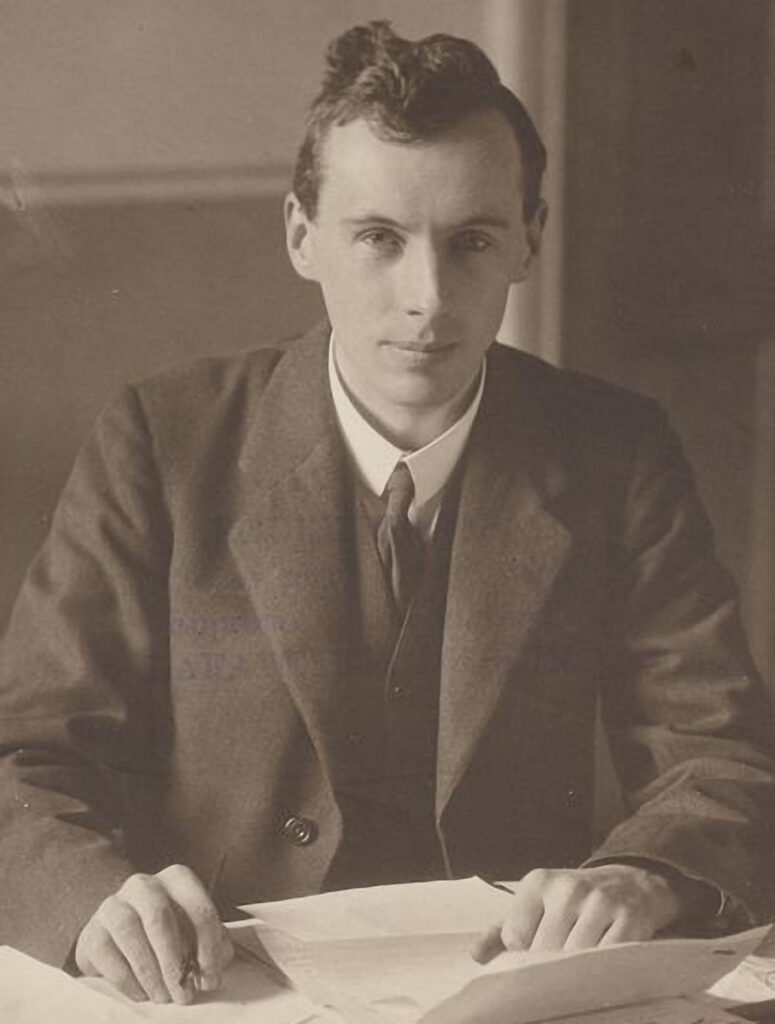By Joseph E.A. Connell Jr

In 1925 Ireland experienced a period of food shortages and hardship, sometimes referred to as a ‘forgotten famine’. While not on the scale of the Great Famine, the year saw the newly independent Irish Free State grappling with widespread unemployment and economic depression following the War of Independence and the Civil War. There was a denial of widespread famine by the government at the time, but reports and state files revealed a significant crisis, with some people even starving to death, particularly in the west of Ireland.
On 6 June the Irish Times reported ‘destitution and sickness’ worse than it had been during the previous winter. The government, while increasingly acknowledging that there was a crisis, argued that it was exaggerated. President W.T. Cosgrave described the situation of distress as ‘considerably greater than normal, but comparison with 1847 is, I am glad to say, not justified. There is no question of famine in that sense.’ Still, using the worst famine in modern European history as a benchmark nevertheless illustrated the depth of the crisis. Given the prominence of starvation in the Irish psyche and history, the fact that there were people starving to death in Ireland only three years after independence ensured that this crisis had ramifications far beyond the humanitarian sphere.
Initially the government appeared proactive. Although fiscally conservative, they had provided £500,000 for relief, a considerable sum of money at the time. They also began to ship coal supplies to the west of Ireland to replace the saturated turf. However, as the crisis progressed through 1925—when it attracted international attention—its approach began to change. English newspapers began to carry articles outlining the nature of events in Ireland. In the following months it was carried around the world; by mid-1925 it was receiving prominent attention. The Manchester Guardian carried the most detailed reports, claiming that around 750,000 people were starving.
The government continued to minimise the situation. Minister for Agriculture P.J. Hogan told the Dáil: ‘There is no abnormal distress in the West this year. I say that definitely and deliberately. There is always distress in the West, but the distress this year is not … particularly unique … There is never real famine in the West unless there is a failure of potatoes, and there was no failure of potatoes this year.’ Hogan’s claim was not only at odds with media reports but also with his own colleagues. Minister for Justice Kevin O’Higgins had predicted food shortages in a speech marking independence in December 1924.
As the government oscillated between denial and acceptance, no coordinated and effective solutions were offered and the crisis continued through 1925. Private relief funds struggled to raise large amounts of money while the government denied that there was a problem. The situation was described as ‘No famine, but great want in places’.
Ultimately, Ireland was saved from a full-blown famine as 1925 ended, but not by government action. Instead, a greatly improved harvest in the autumn of 1925 saw the plight of most of those at risk improve slightly. In the following years it was not only the politicians who were happy to see this dark chapter forgotten. A journalist with the Connacht Tribune in 1925 noted how ‘The poor people conceal their poverty sometimes even from one another. They reveal a strange mixture of pride and fatalism.’
Joseph E.A. Connell Jr is the author of The Terror War: the uncomfortable truths of the War of Independence (Eastwood Books, 2022).
